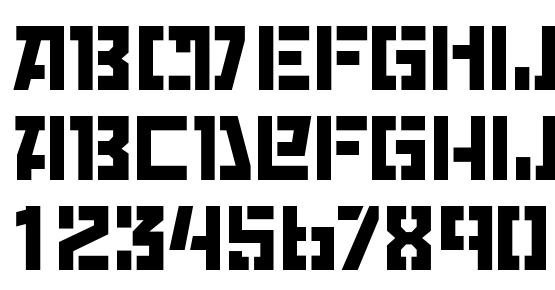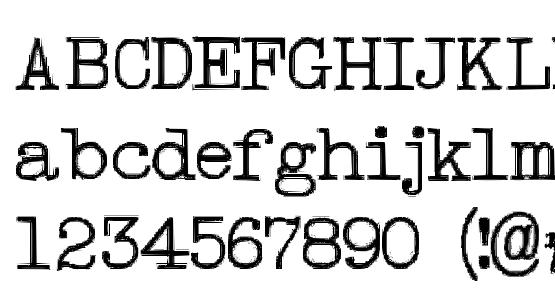
/FontBookSamplePrint-56a5d5093df78cf7728a0f65.jpg)
It is inspired by late Renaissance-era type. The name comes from the traditional naming system for type sizes, in which minion is between nonpareil and brevier. Minion is a digital typeface designed by Robert Slimbach in 1990 for Adobe Systems. The following four fonts have all of the above qualities, they are tried and tested fonts that I use regularly in the body text of a printed book: You can use sans serif fonts for the printed titles - and this will create a nice contrast - but keep serif fonts for the main body text. Compare this to printed books that tend to use serif fonts for the body text. Take a look at an eBook or web page and chances are the font will be sans serif. Sans serif fonts work better on the web because monitors are typically around 100 dots per inch unlike printed words which generally have a resolution of around 1,000 dots per inch. The letters of serif’s are more distinctive and easier to recognize. I’ve discovered that sans serif fonts work best for eBooks and serif fonts better suit text on a printed page. What does a day in the life of a graphic designer look like Wince at the sight of poor fonts. Whether you choose a sans serif or serif font will dependent on whether you’re book is displayed on a screen or on a page. You want a font that remains legible at small sizes and reads well when italicized or bolded. Legibility is probably the most important factor when deciding the font for your book. They are harder to read and distract from the message. This is why you want to stay away from elaborate letter-forms or fonts with long ascenders or descenders. This is what you want – A font that doesn’t stand out or distract from the message.
#Fontbook and rightfont professional#
When you read a book do you take any notice of the font type used in the book? Unless you’re a professional typesetter then probably not. These are superior to smaller caps that do not retain the same stroke weight. Versatile fonts will also support True Small caps which are designed to retain the same stroke weight as other letters and have a wider aspect ratio for readability. Oblique’s, on the other hand, are simply slanted versions of their roman companion with no major design differences, other than their angle. What is the difference? Well a font family that contains an italic font face will use an angled typeface that has different design characteristics from its upright companion and is designed specifically to be used as an italic font.

You will also want a font that uses real italics rather than Oblique. It’s best to use just one or two font family’s but vary the font weight and style when needed. This is better than using a number of different type faces which will lead to inconsistency. A few factors I look out for are:Ī versatile typeface will contain a number of different font weights and styles such as bold, bold italic, semi-bold, Regular, Regular-italic, Light, Light-italic etc.Fonts that vary in weight and style will come in handy when you require captions, pull-quotes, or sub-heads that require a different weight or emphases so that they stand out from the surrounding text. Let's take a look at an example of a document with unprofessional fonts.What are the Best Fonts for Books and what makes a Great Font?Īfter designing books over the years I have settled upon a few favourites for the interior design of a book. If a font is distracting or undermines your message in any way, it needs to be changed. This will help make it look more cohesive and professional.Ī font should also never take the focus away from your content, so avoid fonts that are goofy or decorative. One way to keep it simple is to only use one or two fonts per document.
#Fontbook and rightfont how to#
Keeping it simpleĪs we discussed in our lesson on how to format a business document, your writing is most effective when the formatting is simple. Increasing the heading size to a 14-point or 16-point font is usually more than enough to make your heading stand out.

Headings, on the other hand, can be larger than a 12-point font if you need to add emphasis. If you can't decide between sizes, a 12-point font is usually the reliable choice because it's incredibly common in the business world. This means your body text should be a 10-point to a 12-point font, depending on the look you want and your company's preferred style. Font sizeĪn effective font size is big enough to easily read but doesn't take up too much space. Ultimately, you should choose the font that best fits your message and desired look. However, others believe that either font type can be legible no matter where you use it. Many typography experts believe serif fonts are more legible in print and sans serif fonts are easier to read on computer screens.


 0 kommentar(er)
0 kommentar(er)
